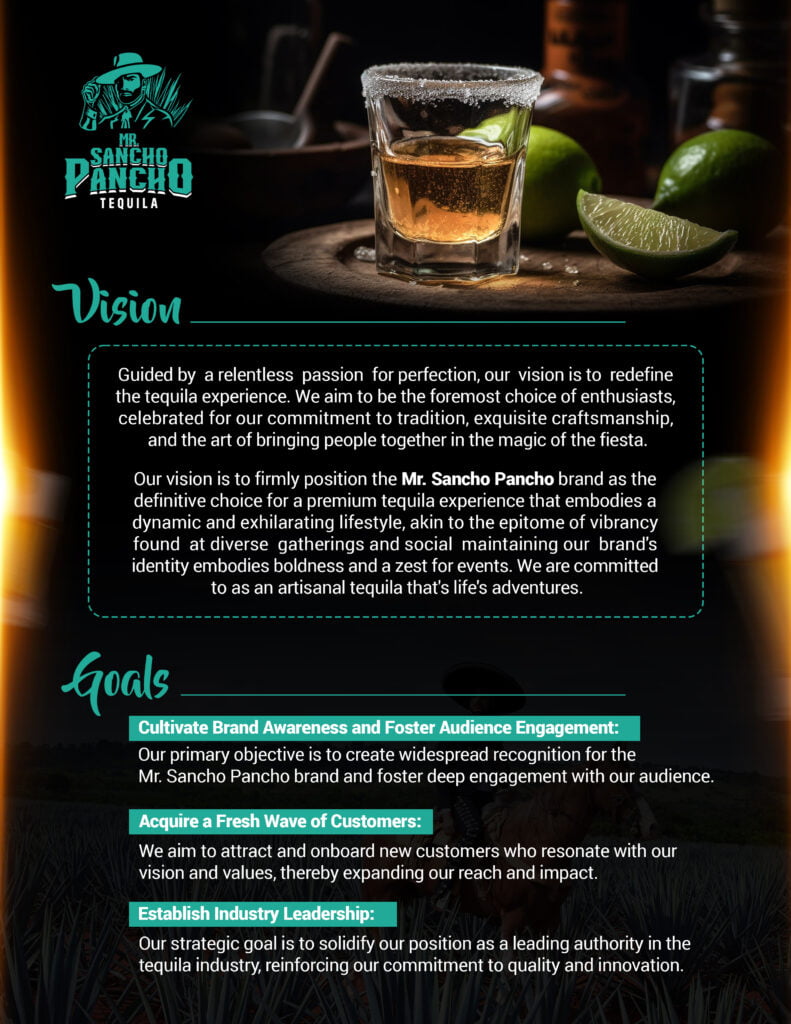Tequila de Agave Azul, commonly known as blue agave tequila, has a rich history and distinctive production process. This beloved spirit is known for its unique flavor, rooted deeply in its traditional methods of production. Let’s explore how tequila lovers worldwide come to enjoy this exquisite drink.
The Origins: Blue Agave Plant
Tequila starts with the blue agave plant, a succulent native to Mexico. It takes about 8 to 12 years to mature, and only piñas from the Weber blue agave are used in authentic tequila production.
The blue agave, scientifically known as Agave tequilana Weber Azul, thrives best in the red volcanic soils found in the regions of Jalisco and surrounding areas known for their high-quality agave production.
Unlike other agave varieties, the Weber blue agave is specifically chosen for tequila due to its high sugar content and unique flavor profile, critical for producing the distinct taste associated with tequila de agave azul.
Harvesting the Piñas
Once mature, skilled jimadores carefully harvest the agave by removing the spiky leaves to reveal the core or ‘piña’. This manual process requires significant expertise to ensure only the best quality piñas are used.
The art of jima, or harvesting, involves using a specialized tool called a coa to expertly trim the leaves, which allows the agave to retain its valuable sugars. This meticulous task is performed with precision by jimadores who have learned the craft through generations.
Harvested piñas can weigh between 40 to 70 kilograms, depending on the agave’s size and maturity, reflecting the years of nutrient accumulation necessary to produce quality tequila.
Cooking the Agave
The harvested piñas are then cooked to convert their starches into fermentable sugars. Traditionally, they are baked in masonry ovens for a couple of days, though modern methods may use stainless steel autoclaves for quicker results.
While traditional ovens, or hornos, are known for imparting deeper flavors over a longer cooking time, autoclaves offer a more efficient solution, providing consistent results in the conversion of the piña’s complex carbohydrates into fermentable sugars.
Extraction of Sugars
After cooking, the agave is crushed to extract its juices. This process can be done using a traditional tahona, a large stone wheel, or through a more contemporary mechanical mill.
The tahona method is an ancient technique that is celebrated for maintaining more of the agave’s natural essence, while mechanical mills are favored for their efficiency in larger scale production.
The resultant agave juice, or ‘aguamiel’, signifies the essence of the future tequila, holding within it the fragrant sugars that define the spirit’s signature taste.
Fermentation Process
The extracted juice, known as ‘mosto’, is then fermented. Yeast is added to convert the sugars into alcohol, a process that can take several days and significantly impacts the tequila’s flavor profile.
The fermentation process might employ wild airborne yeasts or introduced strains, each offering a unique twist to the fermentation phase. Often, traditional distilleries favor open vats to allow natural elements to interact with the process.
This crucial step in tequila production can be influenced by environmental factors that infuse subtle complexities into the flavor, finalizing with a low-alcohol brew ready for distillation.
Distillation
Once fermentation is complete, the resulting liquid undergoes distillation. Typically, tequila is distilled twice to achieve the desired clarity and strength, with the second distillation usually occurring in copper pot stills.
Copper stills are often preferred for their ability to refine and concentrate the flavors while removing impurities, giving tequila its purity and smoothness.
During distillation, careful control over heat and timing dictates the resulting tequila’s texture and flavor profile—a testament to the skillful craft of the distillers.
Aging and Bottling
The final stage involves aging, which depends on the type of tequila being produced. Blanco is bottled soon after distillation, while reposado and añejo are aged in oak barrels for several months or years before reaching consumers.
Aging in barrels infuses the tequila with qualities such as vanilla, caramel, and oak, which are introduced by the toasted wood. This process aims to enhance the richness and complexity of the tequila’s flavor.
Each bottle of tequila de agave azul that leaves the distillery symbolizes years of craftsmanship and dedication, waiting to be enjoyed by enthusiasts globally. Explore the production process and history of agave tequila.
Appreciating the Journey of Tequila de Agave Azul
Understanding the production of Tequila de Agave Azul not only enhances appreciation for the drink but also highlights the cultural significance and craftsmanship involved. Whether enjoyed in a cocktail or sipped slowly, the journey of this tequila from agave plant to bottle is a testament to the dedicated people and rich traditions of its origin.















